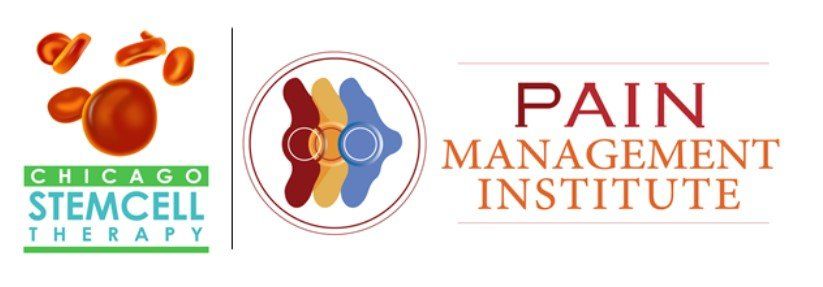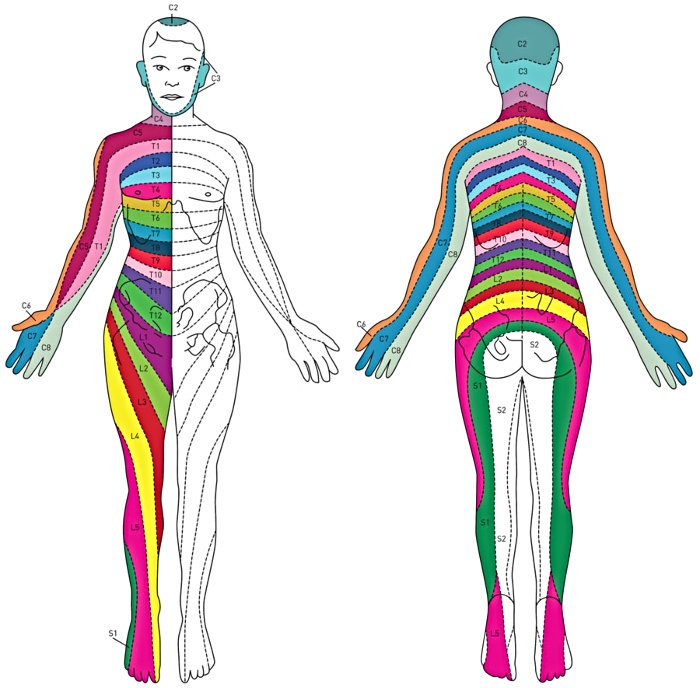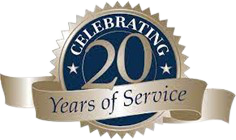Accepting New Patients
Serving the Chicagoland Area

Herniated Disc Causes, Symptoms, Treatments
Your spinal column is composed of 26 bones (vertebrae), each stacked between rubbery discs. These discs protect bones by tolerating the shocks from your daily activities such as lifting objects, twisting and walking. Every disc has two parts: one is soft gelatinous inner portion and second is hard outer ring. Injury or weakness can force the inner portion of the disc to come out of the outer ring, which is a herniated disk, and it causes pain and irritation. If the herniated disc, also called bulging, slipped or ruptured disc, presses one of your spinal nerves then you may feel numbness and pain with the affected nerve.
Diagnosis:
Your doctor will perform a physical evaluation to examine and determine the real source of your pain and discomfort. This evaluation includes checking your nerve function, muscle strength and measuring the severity of your pain while moving or touching the affected area. You will be asked for your medical history and some imaging tests (X-ray, CT, or MRI) may be ordered to ensure the proper diagnosis.
Causes:
Although a traumatic injury can damage a disc, there are many other causes that can lead to herniation such as natural aging, every day activities like lifting heavy objects incorrectly, over stretching while exercising, or falling on an icy sidewalk. Any such event may cause the fibrous outer covering of the disc to break or deform to the extent that it presses spinal nerve, particularly if disc material comes out. At times, the swelling, tearing or degeneration of the disc can happen without any apparent cause.

Herniated Disc Symptoms
Symptoms vary greatly, depending on the position of the herniated disc and the size of the herniation. If the disc is not pressing on a nerve, you may experience a low backache or no pain at all. If the slipped disc is touching a nerve, you may feel:
- pain, burning, tingling or numbness that radiates down the limb (from the buttock into the leg or foot or from the neck to between shoulder blades or arm, depending on the location of the disc)
- pain after standing or walking
- often sharp or electric shock-like
- often on one side (left or right)
- unexplained muscle weakness

Herniated Disc Treatments
Treatment options for a herniated, slipped, bulging, or ruptured disc may include:
- Acetaminophen (Tylenol) or non-steroidal anti-inflammatory drugs (NSAIDs) such as ibuprofen (Advil) or naproxen (Aleve)
- Apply an ice pack for approximately 15 minutes several times a day to help with pain and swelling. After a few days you can try switching to a hot pack or heating pad, but if pain persists you can rotate the hot and cold packs and/ or see your doctor
- Physical therapy: exercise and proper guided stretching by your physician to eliminate the pressure on the nerve root
- Chiropractic manipulation
- Prescription medication such as oral steroids or narcotics
- Epidural injections of steroids to eliminate inflammation
- Epidural injections of PRP (Platelet Rich Plasma) or stem cells to repair and regenerate the tissue around the nerve
After trying the above treatments, if the pain doesn’t improve then your doctor may recommend surgery. A surgeon may be able to remove just the damaged part of the disc called Microdiscectomy or in severe cases you may need a Laminectomy which replaces the disc with an artificial one or is fused with the vertebrae. This process will help restore the stability in the spinal column.
For more information regarding Spinal Disc Herniation or to schedule an evaluation call (815) 412-6187
CONTACT INFORMATION
ADDRESS: 10181 W Lincoln Hwy
Frankfort, IL 60423
Se habla español


BUSINESS HOURS
- Mon - Thu
- -
- Friday
- -
- Sat - Sun
- Closed
Private pay and Financing available,
Advance Care Card accepted
Follow or Like us on:
OUR LOCATION